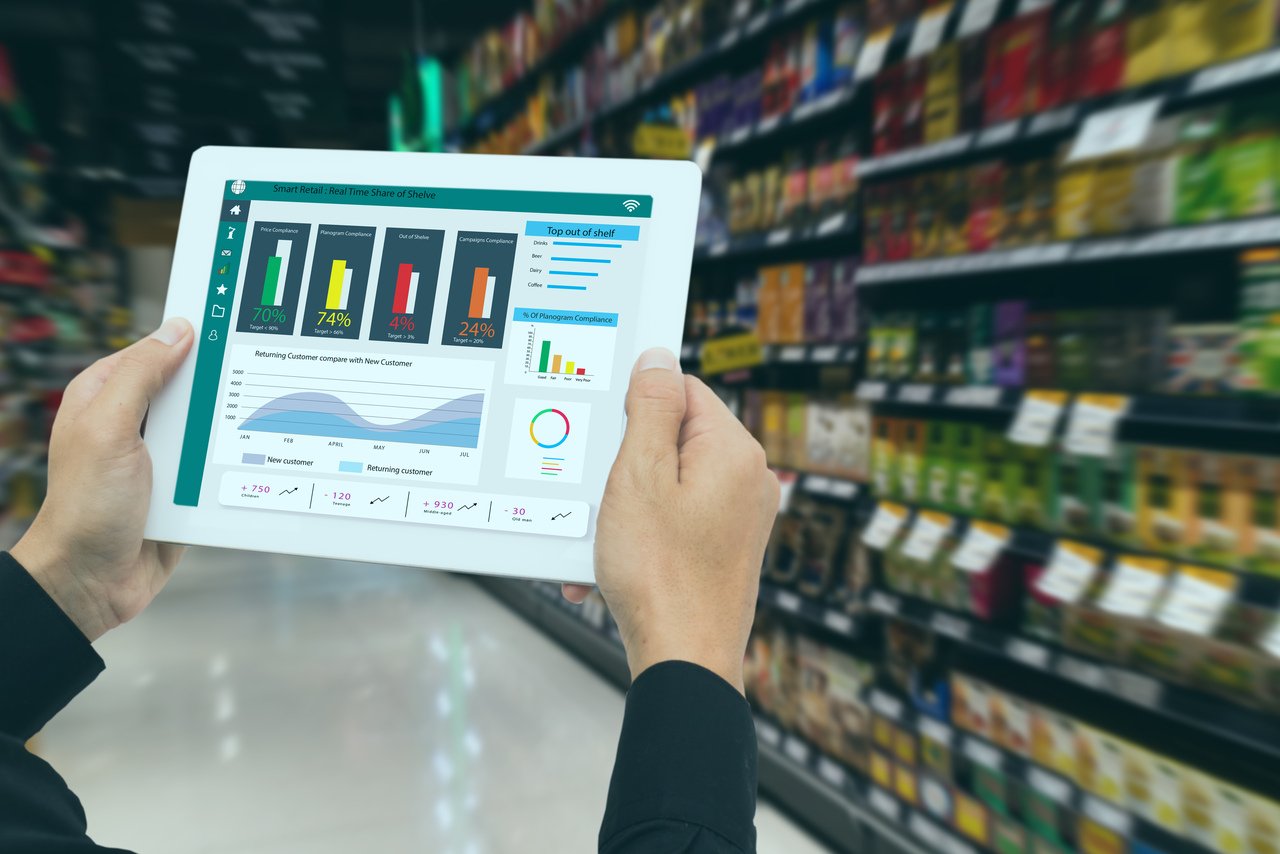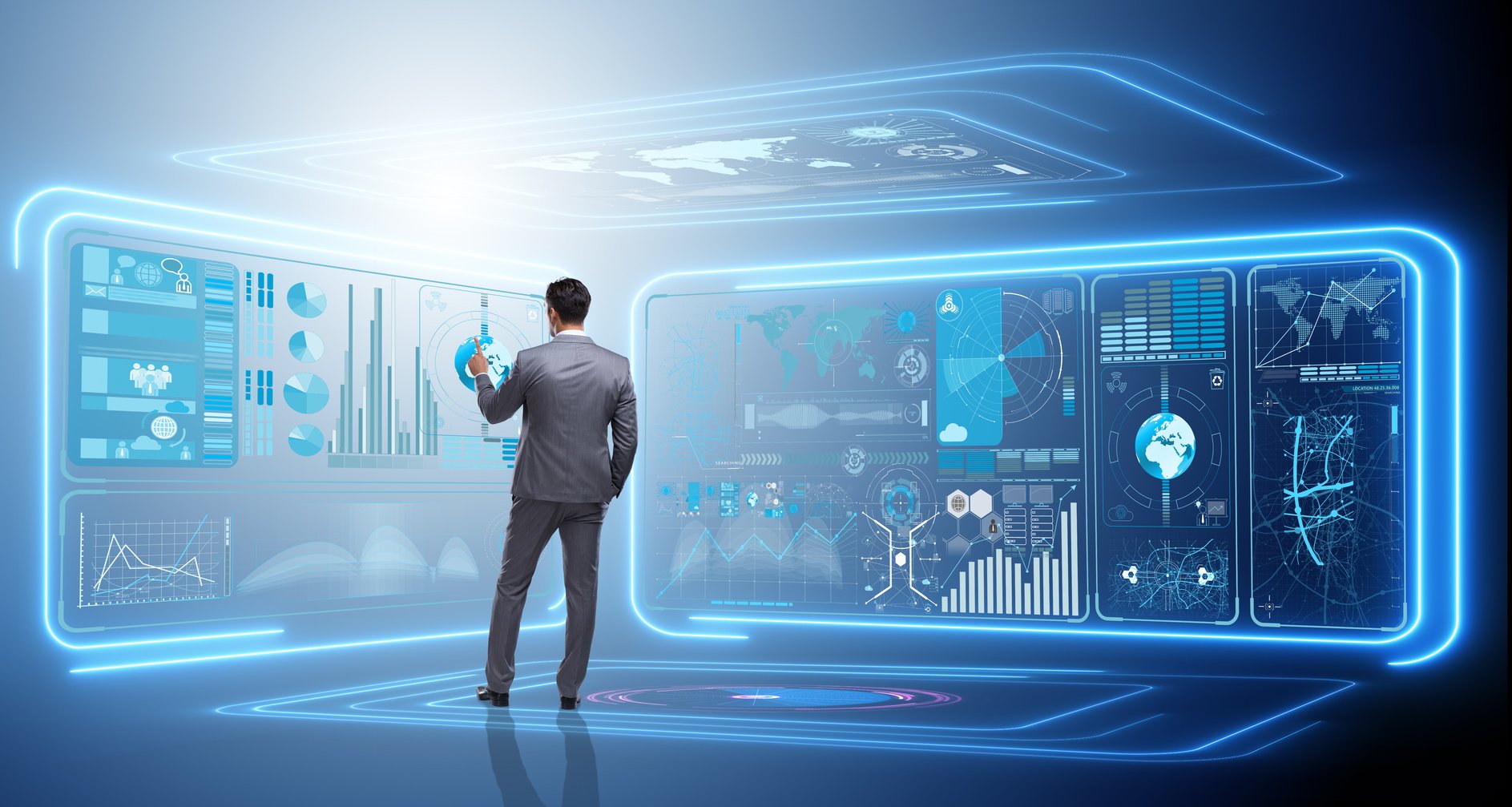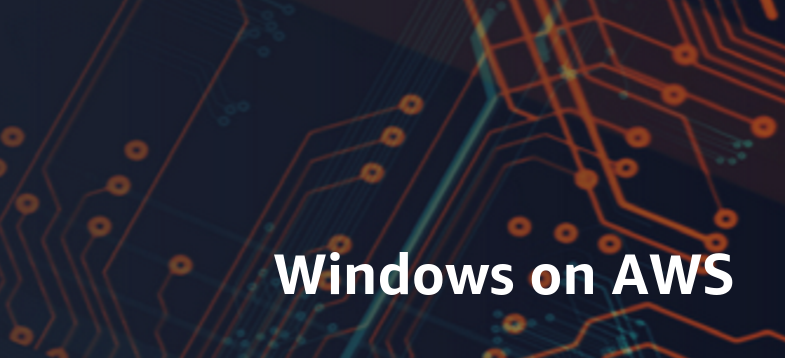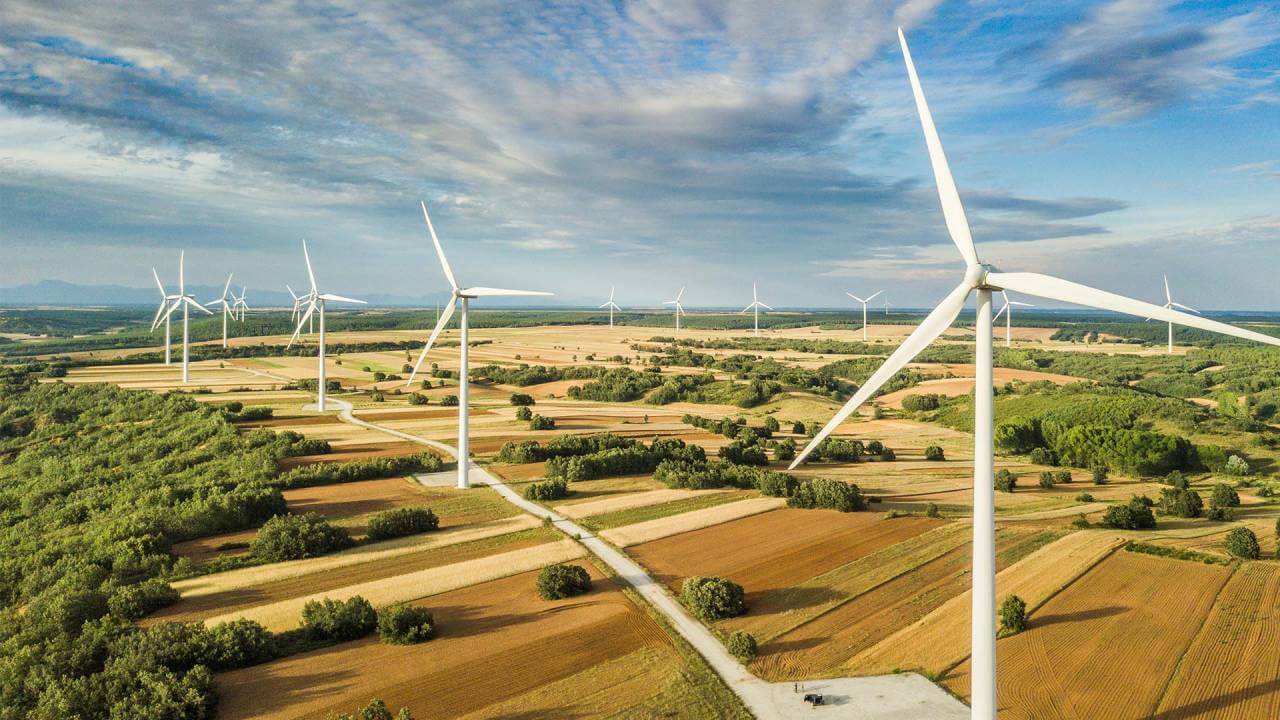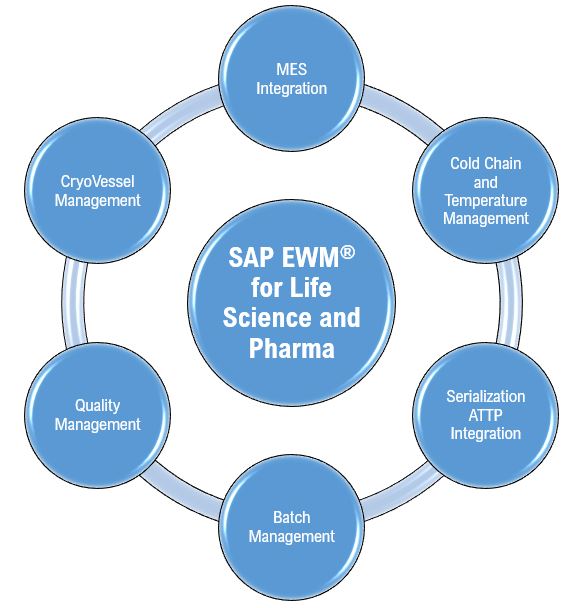For years, SAP Manufacturing Execution (SAP ME) has been a stalwart in the manufacturing landscape, providing robust capabilities for shop floor control, data collection, and production monitoring. However, as the world of manufacturing rapidly evolves towards Industry 4.0 and beyond, SAP has introduced its next-generation solution: SAP Digital Manufacturing (SAP DM). This shift raises a crucial question for many manufacturers: Is SAP DM truly different from SAP ME, or is it just a rebrand?
The answer is a resounding yes, SAP DM is fundamentally different from erstwhile SAP ME, representing a significant leap forward in architecture, capabilities, and strategic vision.
Let’s break down the key distinctions:
1. Cloud-Native Architecture vs. On-Premise Legacy
The most significant differentiator is SAP DM’s cloud-native architecture. SAP ME is an on-premise solution, meaning it requires dedicated hardware infrastructure, local maintenance, and manual upgrades. SAP DM, on the other hand, is a Software-as-a-Service (SaaS) offering deployed on the SAP Business Technology Platform (SAP BTP).
This cloud-first approach brings numerous benefits:
Scalability and Flexibility
Reduced TCO
Faster Innovation
Centralized platform to enable multiple geographies and plants
2. Integration and the “Digital Thread”
While SAP ME offered integration capabilities, SAP DM is built for seamless, out-of-the-box integration with SAP S/4HANA and other SAP solutions. It aims to create a true “digital thread” across the entire enterprise, connecting enterprise planning directly to shop floor execution without complex middleware or custom interfaces. This eliminates data silos, ensures unified master data, and provides end-to-end visibility.
3. Advanced Capabilities: AI, ML, and IoT at the Core
SAP DM is designed with Industry 4.0 capabilities at its heart, leveraging technologies like Artificial Intelligence (AI), Machine Learning (ML), and the Internet of Things (IoT) in ways that SAP ME simply wasn’t architected for:
Real-time Insights and Analytics
Predictive and Adaptive Planning
Operator Empowerment and Automation
Digital Twin Capabilities.
4. Focus on Manufacturing Operations Management (MOM)
While SAP ME was primarily an MES (Manufacturing Execution System), SAP DM positions itself more broadly as a Manufacturing Operations Management (MOM) platform. This signifies a wider scope, encompassing not just execution but also insights, orchestration, and continuous improvement across various manufacturing functions like quality, labor, and maintenance.
5. Evolution and Future-Proofing
SAP ME and SAP Manufacturing Integration and Intelligence (SAP MII) are reaching their end of mainstream maintenance and support, with SAP encouraging users to migrate to SAP DM. This signals SAP’s strategic direction and commitment to its cloud-based manufacturing solution. Migrating to SAP DM is not just an upgrade; it’s a strategic move to future-proof manufacturing operations and align with SAP’s long-term roadmap for digital transformation.
Components of SAP DM:
SAP Digital Manufacturing is often broken down into key components that highlight its comprehensive nature:
SAP Digital Manufacturing for Execution (SAP DMe): The core MES functionality, managing and monitoring production processes in real-time.
SAP Digital Manufacturing for Insights (SAP DMi): Focuses on data analysis and reporting, providing actionable intelligence from shop floor data.
SAP Resource Orchestration (SAP REO): Optimizes the allocation and utilization of production resources, including machinery, equipment, and personnel.
Conclusion: A New Era for Manufacturing
In essence, while SAP ME served its purpose admirably, SAP Digital Manufacturing represents a paradigm shift. It’s not merely an updated version but a re-imagined platform built for the complexities and opportunities of modern manufacturing. By embracing cloud technology, advanced analytics, and seamless integration, SAP DM empowers businesses to achieve greater transparency, agility, and efficiency, paving the way for the intelligent, connected factory of the future. For manufacturers looking to truly embrace digital transformation, the move from SAP ME to SAP DM is not just a migration, but an evolution.

